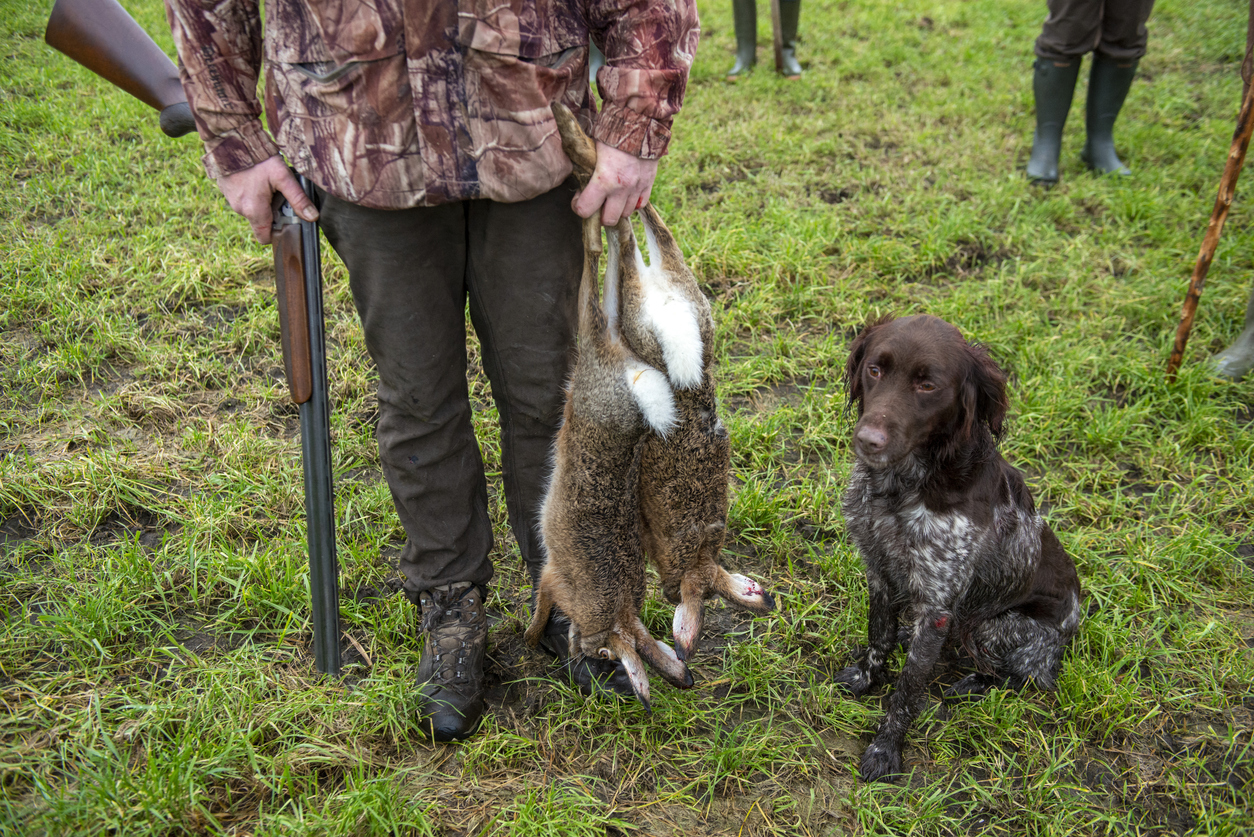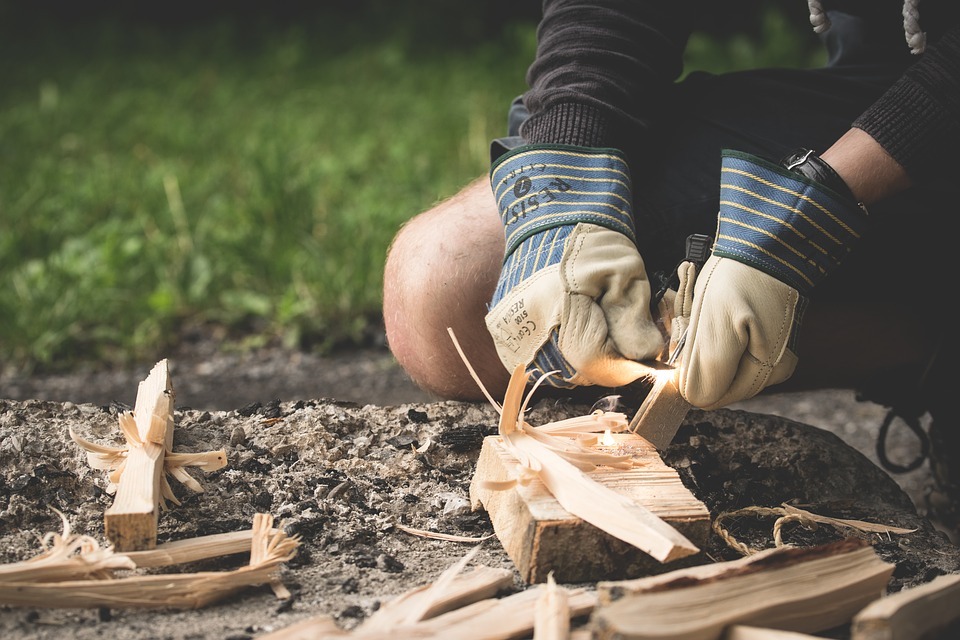8 Crucial Bushcraft Survival Skills

In the wilderness, knowing how to find and utilize natural resources is essential for survival. Bushcraft encompasses a wide range of skills that allow you to thrive in the wild, including hunting, fishing, trapping, foraging, shelter-building, and fire-making. Mastering these skills will equip you to fend for yourself in nature and provide for your basic needs. Let's explore these crucial bushcraft survival skills in more detail.
1. Foraging for Food
Foraging for food is a fundamental bushcraft survival skill. Regardless of where you are, there are likely edible plants, nuts, seeds, fruits, and berries available to sustain you. Many of these foods can be eaten raw, providing essential calories without the need for cooking, which is particularly useful when resources are scarce.
Key Foraging Skills:
- Plant Identification: Learn to identify edible plants and avoid toxic ones. Knowledge of medicinal plants like Yarrow, which can heal wounds, is also valuable.
- Seasonal Awareness: Understand which plants are available in different seasons to maximize your foraging success.
- Sustainable Harvesting: Only take what you need and ensure the plant can regenerate for future use.
2. Building Shelter

Building a shelter is crucial for protecting yourself from harsh weather conditions, which can be deadly without proper coverage. A well-constructed shelter can shield you from rain, wind, and cold, preserving your body heat and keeping you dry.
Shelter-Building Tips:
- Location: Choose a safe, dry, and level spot away from hazards like falling branches or flooding.
- Natural Materials: Use branches, leaves, and other natural materials to construct your shelter. Cedar bark is excellent for creating cordage to secure structures.
- Design: A simple lean-to or debris hut can be effective, depending on the materials available.
3. Hunting and Trapping

To sustain yourself long-term in the wilderness, hunting and trapping are essential for obtaining protein-rich food. While foraged plants can provide nutrition, meat offers essential calories and nutrients that are difficult to obtain otherwise.
Techniques for Success:
- Tracking Skills: Learn to identify animal tracks, droppings, and signs of habitation to locate prey.
- Trapping Methods: Use traps like deadfall traps, spring snares, or fish traps to catch food without expending excessive energy.
- Camouflage: Blend into your surroundings to avoid detection by animals.
4. Firemaking

Fire is a cornerstone of bushcraft survival, serving multiple purposes such as purifying water, cooking food, providing warmth, and deterring predators. Understanding the principles of fire-making is essential.
Firemaking Basics:
- Combustion Triangle: A fire requires heat, fuel, and oxygen. Ensure you have all three elements to start a fire.
- Tinder and Kindling: Gather dry materials like thin wood shavings or feather sticks to ignite your fire.
- Fire Techniques: Practice methods such as using a bow drill or fire plow for situations where matches or lighters are unavailable.
5. Knot Tying
Knot tying is an invaluable skill in bushcraft, with various knots serving different functions, from securing shelters to climbing.
Essential Knots:
- Tautliner Hitch: Adjusts tension on tarps and shelters.
- Bowline Knot: Creates a secure loop at the end of a rope.
- Prusik Knot: Ideal for ascending ropes or creating anchors.
- Clove Hitch and Square Knot: Useful for binding materials together.
6. Wood Carving and Sharpening
Wood carving is necessary for crafting tools, weapons, and other essential items in the wild. A sharp knife and basic carving skills can produce everything from utensils to hunting implements.
Carving Techniques:
- Safety First: Always cut away from your body and others to prevent injury.
- Proper Tools: Use a sharp knife and ensure a stable carving surface.
- Patience and Precision: Take your time to create sturdy and functional items.
7. Fishing

Fishing provides a reliable source of protein and essential nutrients. Knowing how to catch fish and prepare them is a vital survival skill.
Fishing Tips:
- Location: Find a spot where fish are abundant, such as near rocks or vegetation.
- Traps and Lines: Use makeshift traps or simple fishing lines with bait to catch fish.
- Preparation: Clean and cook fish over a fire to ensure they are safe to eat.
8. Navigation and Orientation
Navigating the wilderness is a critical skill to avoid getting lost and to find your way to safety or resources.
Navigation Techniques:
- Map and Compass: Learn to read topographical maps and use a compass for accurate navigation.
- Natural Cues: Use the position of the sun, stars, and natural landmarks to orient yourself.
- Trail Marking: Leave markers or use natural features to remember your path.
Final Thoughts
Understanding bushcraft skills is essential for survival in the wilderness. These skills not only ensure your safety but also enhance your self-reliance and confidence. Whether you're preparing for an adventure or learning for potential emergencies, mastering these skills will equip you to handle whatever nature throws your way. Remember, practice makes perfect, so spend time honing these skills to be ready when the need arises.




